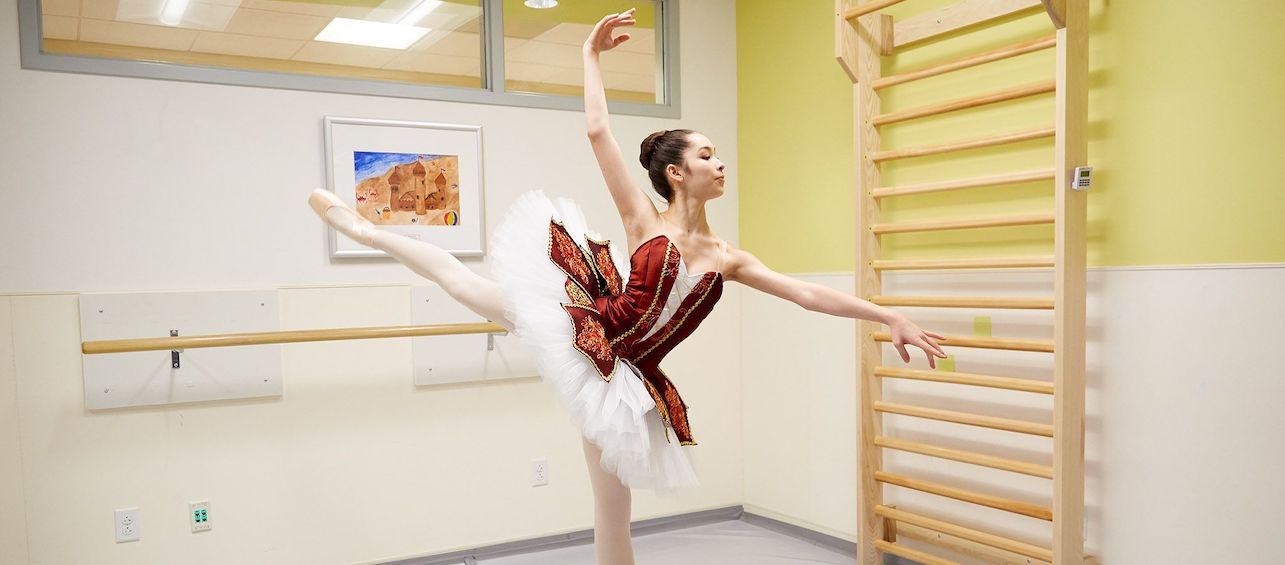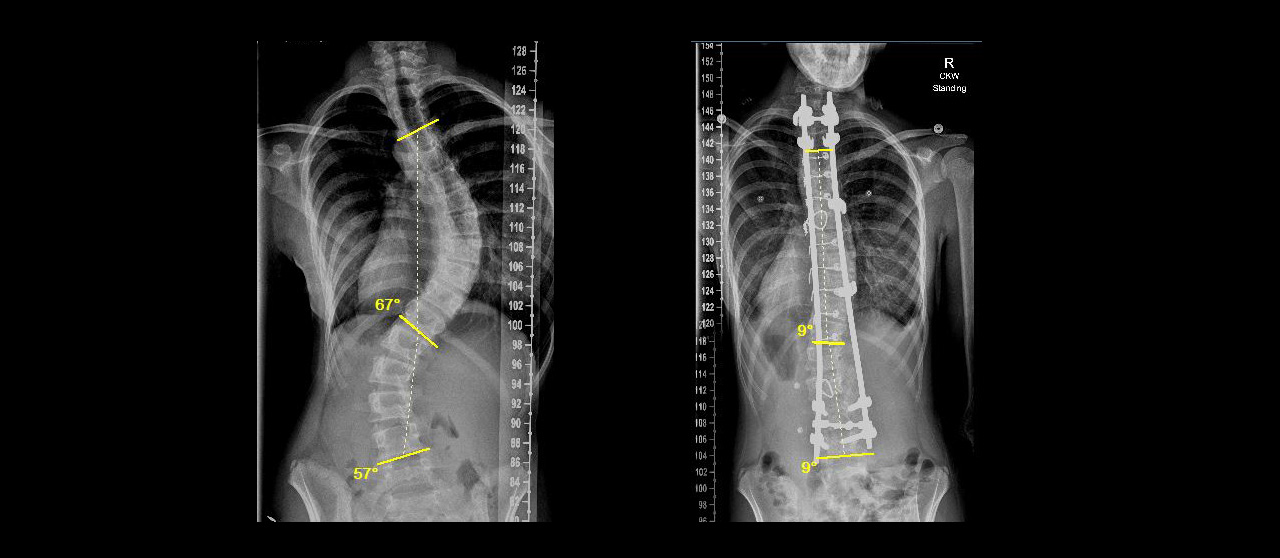Often when people hear the word scoliosis, they think of a terrible deformity with lots of physical problems. This is rarely the case. While scoliosis is an abnormality of the spine, it is not the scary thing that people think it is.
In fact, most cases of scoliosis in kids do not need treatment; rather, the curvature of the spine is monitored for changes over time. Scoliosis happens when the spine grows with an abnormal, side-to-side curve and is typically diagnosed in kids between the ages of 10-15.
Because scoliosis is often misunderstood, I’d like to clarify the most common misconceptions about it.
8 Misconceptions About Scoliosis in Kids
Misconception #1: Scoliosis is rare
Scoliosis is fairly common. Around 2% of kids are diagnosed with it. Most spinal curves are small and not problematic. It is the severe form of scoliosis that is rare. The smaller curves tend to happen equally between boys and girls. The bigger the curve gets, the higher of incidence happens in girls.
Misconception #2: Scoliosis is always painful
This is not true. The majority of kids with scoliosis do not have pain; in fact, it’s more common for scoliosis to not be painful. That said, it also matters where the curve of the spine happens. Kids with a curve in the lower part of the back tend to have more pain than those who have a curve in the upper part of their back.
Misconception #3: All cases of scoliosis require surgery
The vast majority of kids with scoliosis require observation, not surgery. Less than 10% of kids with scoliosis will need surgery, and it is based upon the severity of the curve. Those with a moderate curve may need bracing (see below).
Misconception #4: Bracing fixes the curve
Bracing is appropriate for kids with moderate curves with significant growth remaining. Bracing will not make the curve better; rather, it prevents the curve from getting worse. When worn appropriately at the prescribed times, bracing is 80% effective at doing just that. The ultimate goal is to prevent the need for surgery later on.
Misconception #5: Kids with scoliosis can’t play sports
Another common misconception is that kid with scoliosis, including those wearing braces, can’t play sports. This simply isn’t true; in fact, we encourage kids to continue being active. Even after surgery, there are very few activities that we limit. Kids with back braces typically have to wear them 18 hours a day, but they can break that time up however they would like. This includes taking it off for their favorite sport or physical activity.
Misconception #6: Scoliosis forms at birth
Scoliosis can form at birth, but it most commonly happens in adolescence. Congenital scoliosis is the type of scoliosis that babies are born with, which is a type of early onset scoliosis. About 75% of the kids we treat are over the age of 10 when the curve develops; this is called adolescent idiopathic scoliosis.
Misconception #7: We know what causes scoliosis
We don’t understand why scoliosis develops. Most curves tend to develop around puberty. We think there is a genetic basis, but not exclusively, and it’s not straightforward like inheriting mom’s blue eyes. Around 65% of kids with scoliosis do have a family history.
Misconception #8: It’s difficult to detect
To the untrained eye, it may be difficult tell if a child has scoliosis, especially in mild cases. However, in a well-designed screening program, it is easy to detect. The asymmetry can be seen when kids bend over and have a level on their backs. Pediatricians typically check for scoliosis during their yearly checkups.
Call to action: If you suspect your child may have scoliosis, or to learn more about the Crawford Spine Center, please call 513-803-2750 or fill out an online form for more information.





